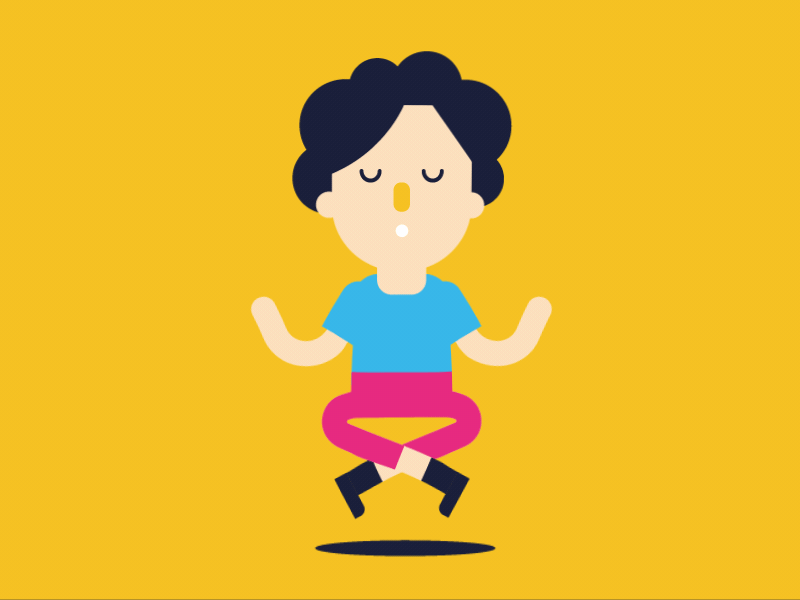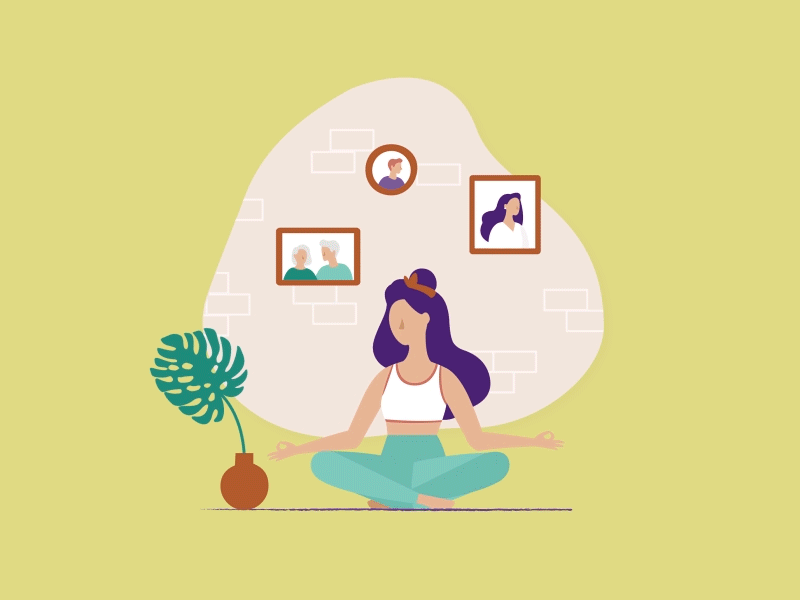March 26, 2025
Hello Followers,
Happy Hump Day!

Never stop learning.
Expanding your knowledge and skills promotes personal growth and keeps life interesting.
Learning is a lifelong journey, and it is an essential part of maintaining balance and harmony in your life.
Whether you are learning new skills, exploring new topics, or pursuing higher education, continuous learning is an enriching experience.
Expanding your knowledge and skills is essential to personal growth.
It challenges you to step outside your comfort zone, fosters curiosity, and keeps your mind sharp and engaged.
It prevents life from becoming stagnant and routine.
Continuous learning has several benefits.
It improves your critical thinking skills, broadens your perspective, and equips you with new tools to meet life’s challenges.
Whether you are learning a new language, acquiring a new professional skill, or exploring a new area of interest, the process of learning adds depth and variety to your life.
In addition, learning is a dynamic and interactive process.
It often involves interacting with others, whether through classes, workshops, or online communities.
These interactions foster connections and create opportunities for meaningful relationships.
Incorporating continuous learning into your life keeps you adaptable and open to new experiences.
It helps you embrace change and navigate life’s uncertainties with confidence.
Ultimately, the pursuit of knowledge and personal growth goes a long way toward maintaining balance and harmony in your life.

Yesterday Dan and I started to post about the purpose of meditation.
We explored the last two days’ mental benefits of meditation and physical benefits of meditation and today we will give you tips on how to bring meditation into your daily routine.
Starting a meditation practice might seem daunting at first, but with a few practical tips, you may easily include it in your daily routine.
Over time, you will likely notice the many benefits meditations brings to your mental and physical health.
1. Create a meditation schedule
Set aside a specific time each day for meditation.
Whether it is in the morning, during lunch, or before bed, having a designated time helps build a routine.
Start with just a few minutes a day and gradually increase the time as you get used to meditating.
2. Choose the right environment
Find a quiet, comfortable place where you will not be disturbed.
Perhaps set up a small space in your home with cushions or candles that help you relax and feel at ease.
3. Try different meditation techniques
Experiment with different types of meditation to find what works best for you.
You might try mindfulness meditation, where you focus on your breath or a specific thought, guided meditation, where you follow a recorded session, or a loving-kindness meditation, where you send positive thoughts to yourself and others.
4. Stay consistent with the practice
Even on busy days, squeeze in a few minutes of meditation to help you maintain the habit.
5. Start small and be patient
Do not worry if you find it difficult to focus at first.
Meditation is a skill that takes time to develop, and it is natural for your mind to wander.
Gently bring your focus back to your breath or chosen focal point.
Start with short sessions and gradually increase the duration as you get more comfortable.
Become a version of your best self with this Original 10-minute guided meditation as you relax through a combination of guided mindfulness, body relaxation, and peaceful visualization designed to help you tap into your own inner well of peace that is always present for you and ready for you to tap into.
Until Thursday, it is important to nourish your friendships and make them healthy relationships; let your friends know you care about them. And spend time with them.
































Comments